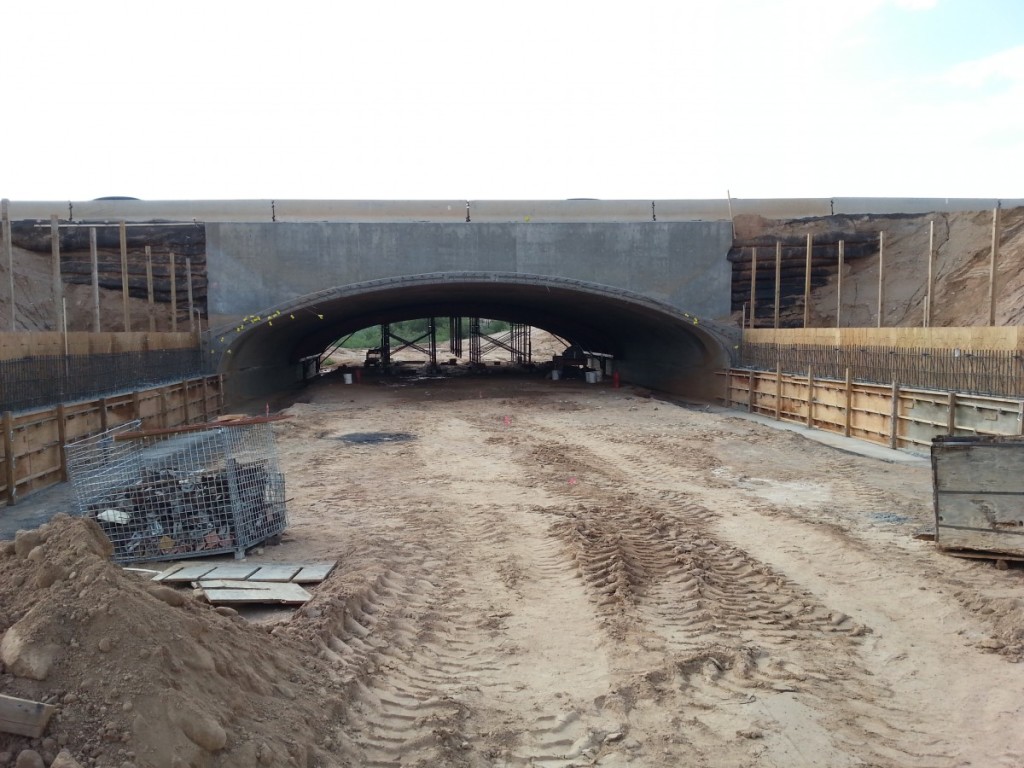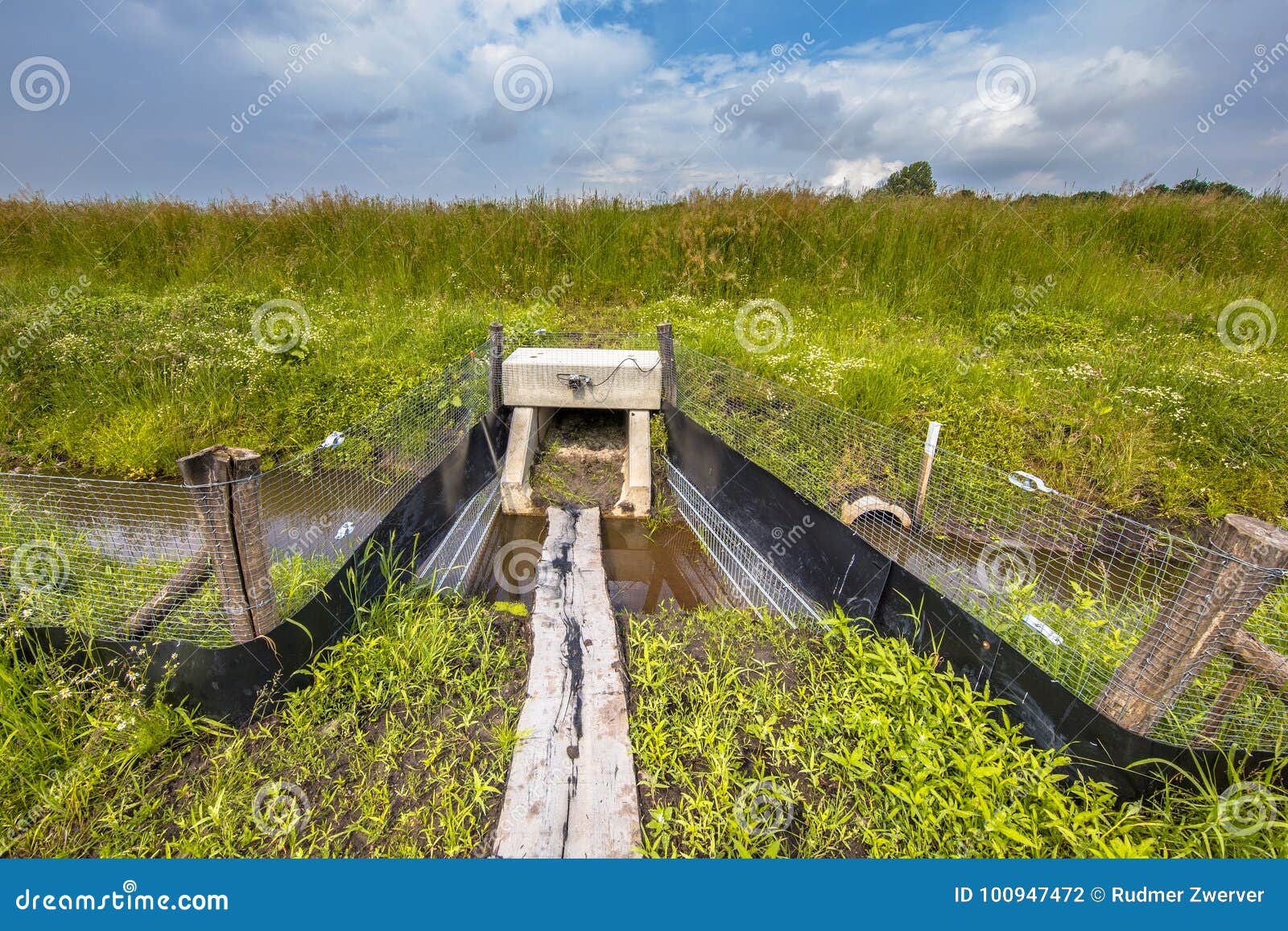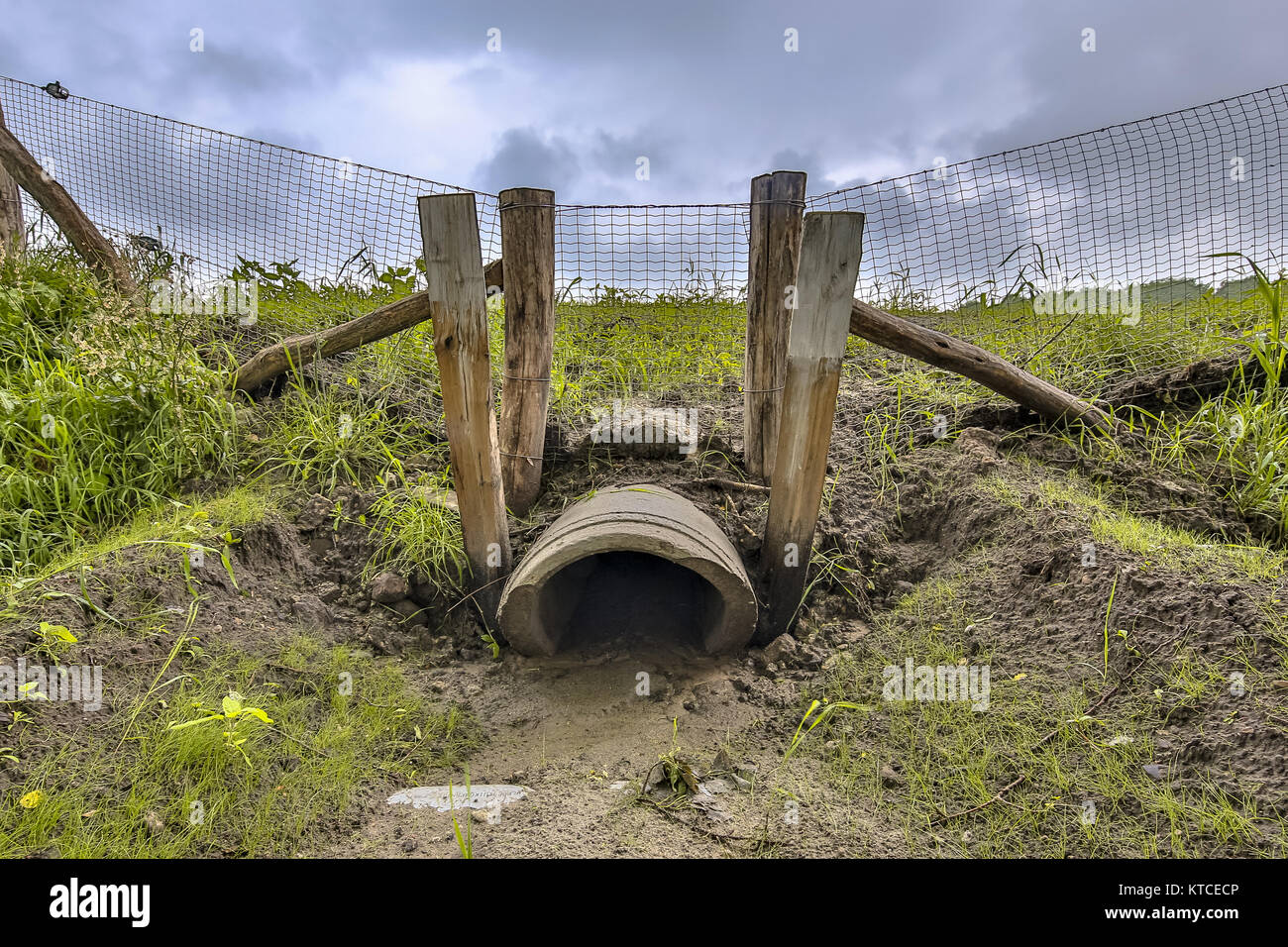
Over and under, species of all sorts like crossings So it appears these crossings do not provide the easy meal they might seem to.
#Underpass wildlife crossing series#
The short answer is no.īetween 20, researchers from University of Alberta looked into this idea in a series of 17 crossings in Quebec’s Laurentides Wildlife Reserve.Īfter examining photos of more than 11,000 mammals using wildlife underpasses, they did not find any evidence of predators taking advantage of the crossing design to capture their dinner.Īdditional evidence shows that the carnivores, including wolves, coyotes or lynx, did not follow prey into the passages, either. Do predators use these crossings like traps?Ī common question about crossings and fencing is if predators use the corridors to more easily trap prey. The underpasses are low and darker, providing the cover some species prefer. The overpasses in Banff National Park are landscaped with soil, plants and trees to help them look like surrounding habitat. Cougars and black bears prefer long, low and narrow crossings.Įlk were the first large species to use the crossings, even using some while they were under construction! Photo: Parks Canada / Allie Banting / 2014 What do the tops of the crossings look like? Grizzly bears, elk, moose and deer prefer wildlife crossings that are high, wide and short in length, including overpasses. Researchers have learned that different wildlife species prefer different types of crossing structures. For wary animals like grizzly bears and wolves, it may take up to five years before they feel secure using newly built crossings. There is a “learning curve” for animals to begin using wildlife crossings. How do different animals use the crossings?ĭifferent animals have a different approach to using the crossings.

Highway fencing and crossings in Banff National Park have reduced wildlife-vehicle collisions by more than 80 per cent and for elk and deer alone, by more than 96 per cent.Ī recent study of Montana crossings found that animals in were 146 percent more likely to use the crossings than to cross at a random location. The hair snags help determine if the grizzly bears using the crossings are the same or different individuals. The system of 38 underpasses and six overpasses and fencing on 82 km of the Trans-Canada Highway in Banff National Park are also the longest ongoing wildlife crossing research and monitoring program in the world.Ĭameras at each of the passageways have recorded hundreds of thousands of wildlife using these crossings, including species regularly seen such as elk and deer but also wolverines and grizzly bears, species rarer to see.

Years of research using tools such as hair snags and wildlife cameras have shown these crossings are being used, and frequently.



 0 kommentar(er)
0 kommentar(er)
